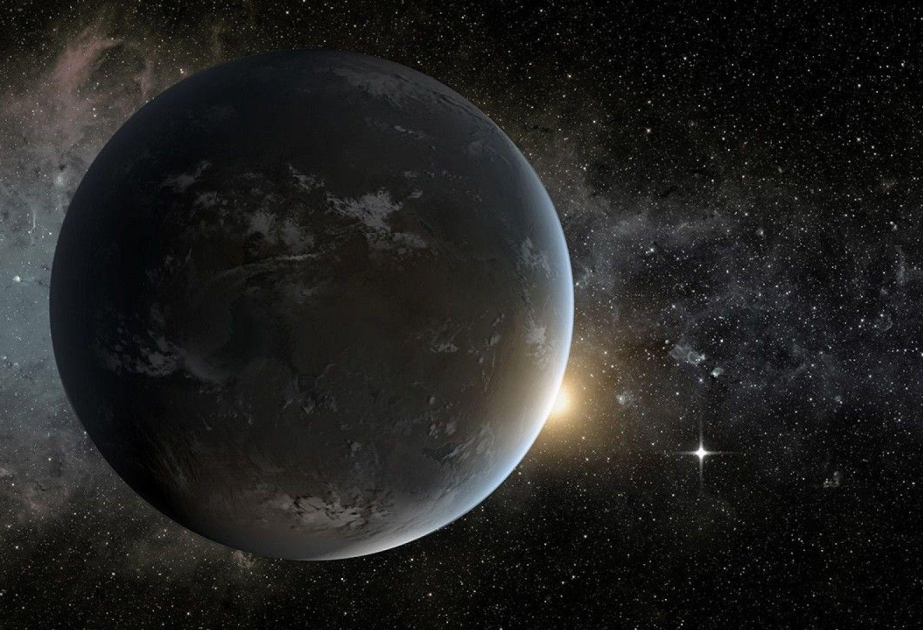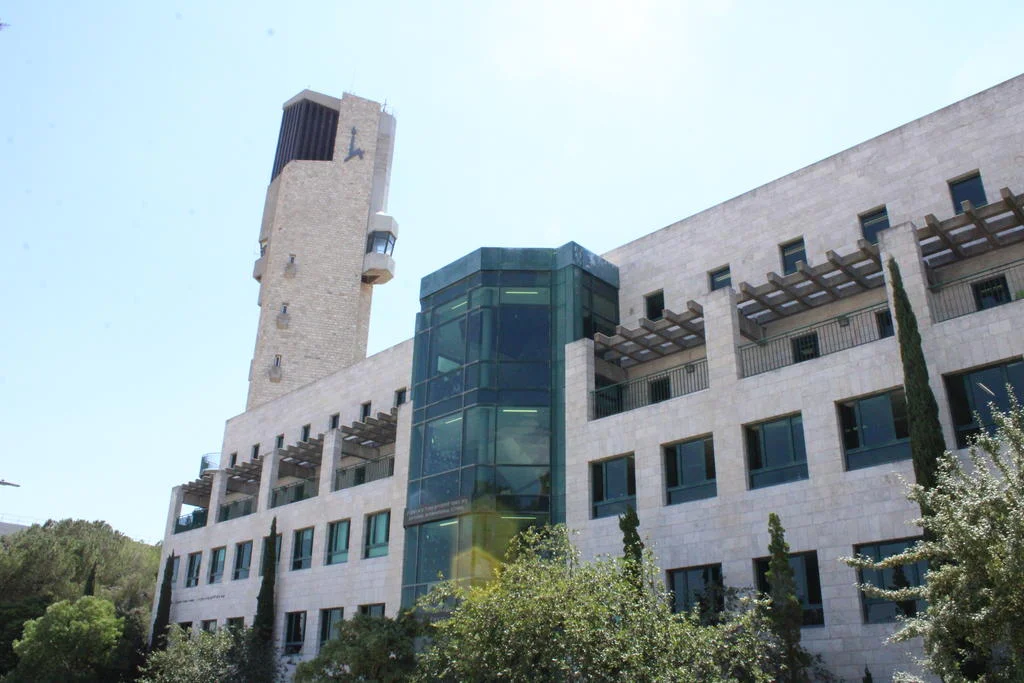HD 20794 d, a planet six times the mass of Earth, orbits a Sun-like star just 20 light-years away, according to SciTechDaily. Its presence was confirmed after years of meticulous analysis, overcoming the limits of detection technology.
Although it lies in the habitable zone, its elliptical orbit presents challenges in determining its true potential for life. Future telescopes may soon provide deeper insights into its atmosphere, making this one of the most exciting exoplanet discoveries in recent years.
The newly confirmed planet, HD 20794 d, is about six times the mass of Earth and orbits a Sun-like star just 20 light-years away. Its position falls within the system’s habitable zone — the region where conditions could allow liquid water to exist, a key factor for supporting life.
“With its location in a habitable zone and relatively close proximity to Earth, this planet could play a pivotal role in future missions that will characterize the atmospheres of exoplanets to search for biosignatures indicating potential life.”
The first signs of the planet appeared in 2022 when Dr. Michael Cretignier analyzed archived data from the HARPS (High Accuracy Radial Velocity Planet Searcher) spectrograph at Chile’s La Silla Observatory. HARPS measures how objects absorb and emit light, helping astronomers detect planetary influences. Dr. Cretignier observed periodic shifts in the light spectrum of the host star, suggesting a planet’s gravitational pull. However, the signal was faint, leaving uncertainty about whether it was caused by an actual planet, stellar activity, or even an instrument error.
To confirm its existence, an international team examined over 20 years of precise measurements from HARPS and its successor, ESPRESSO, another high-precision instrument in Chile. These tools are among the world’s most advanced for detecting tiny shifts in starlight, allowing researchers to distinguish planetary signals from background noise.
“We worked on data analysis for years, gradually analyzing and eliminating all possible sources of contamination,” added Dr. Cretignier. Advanced processing methods and meticulous analyses were needed to distinguish the planetary signal from background noise and subtle instrumental effects. By combining the results from the two instruments, the discovery was finally confirmed.
“For me, it was naturally a huge joy when we could confirm the planet’s existence,” Dr. Cretignier said. “It was also a relief, since the original signal was at the edge of the spectrograph’s detection limit, so it was hard to be completely convinced at that time if the signal was real or not. Excitingly, its proximity with us (only 20 light-years) means there is hope for future space missions to obtain an image of it.”
Although the planet is located in the system’s habitable zone, it is too early to say whether it could host life. Unlike most planets, HD 20794 d’s orbit is not circular but elliptical. Its distance from its star changes significantly, causing the planet to move from the outer edge of the habitable zone to the inner edge throughout its year.
In any case, HD 20794 d will provide an invaluable test case for upcoming space projects designed to detect signs of life outside our solar system. These include the Extremely Large Telescope, Habitable Worlds Observatory, and Large Interferometer For Exoplanets (LIFE). These instruments will observe the atmosphere of nearby Earth-like planets in the habitable zone for tell-tale “biosignatures” indicative of life.
Dr. Cretignier concluded: “While my job mainly consists of finding these unknown worlds, I’m now very enthusiastic to hear what other scientists can tell us about this newly discovered planet, particularly since it is among the closest Earth-analogues we know about and given its peculiar orbit.”
The study “Revisiting the multi-planetary system of the nearby star HD 20794. Confirmation of a low-mass planet in the habitable zone of a nearby G-dwarf” has been published in Astronomy & Astrophysics.



















